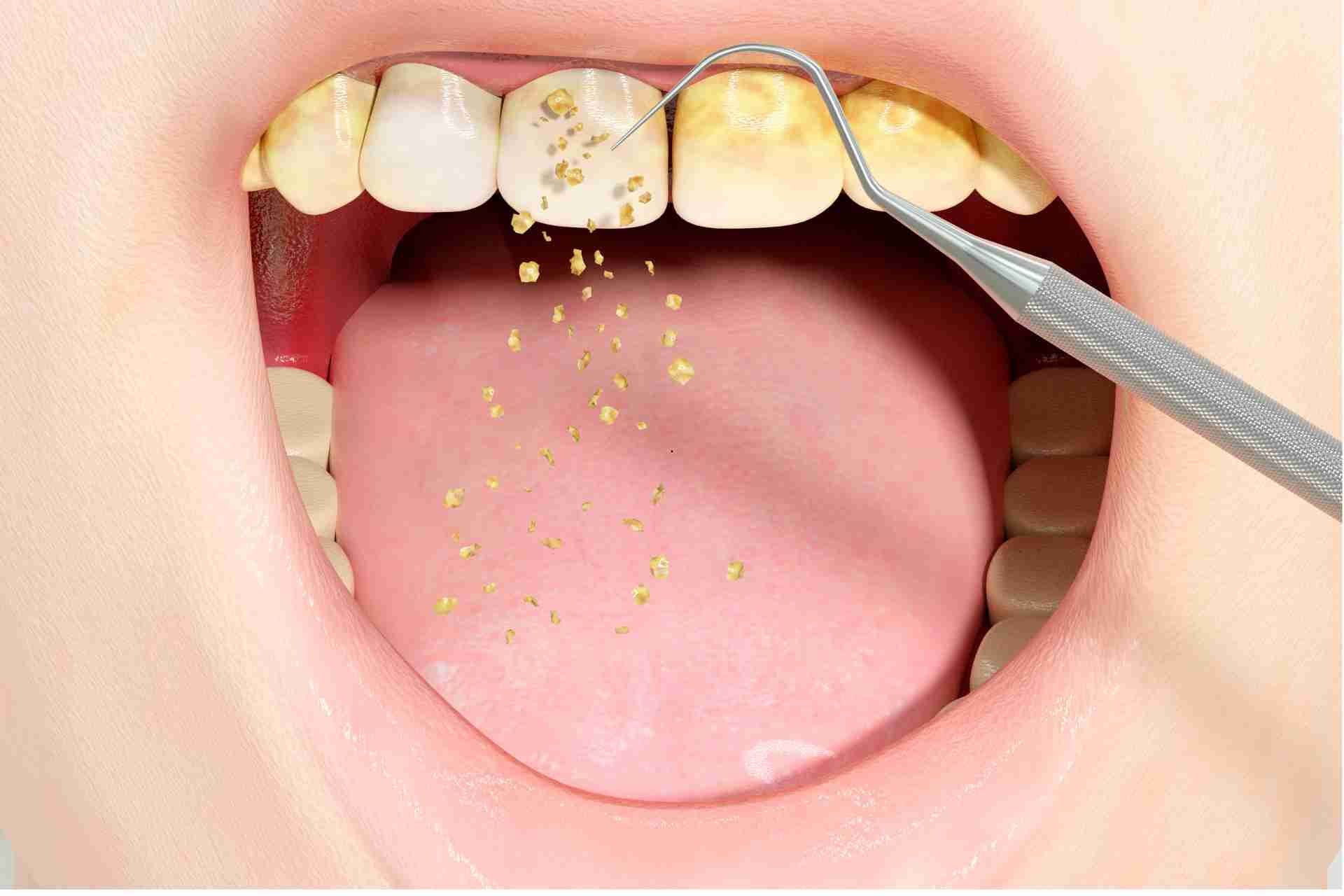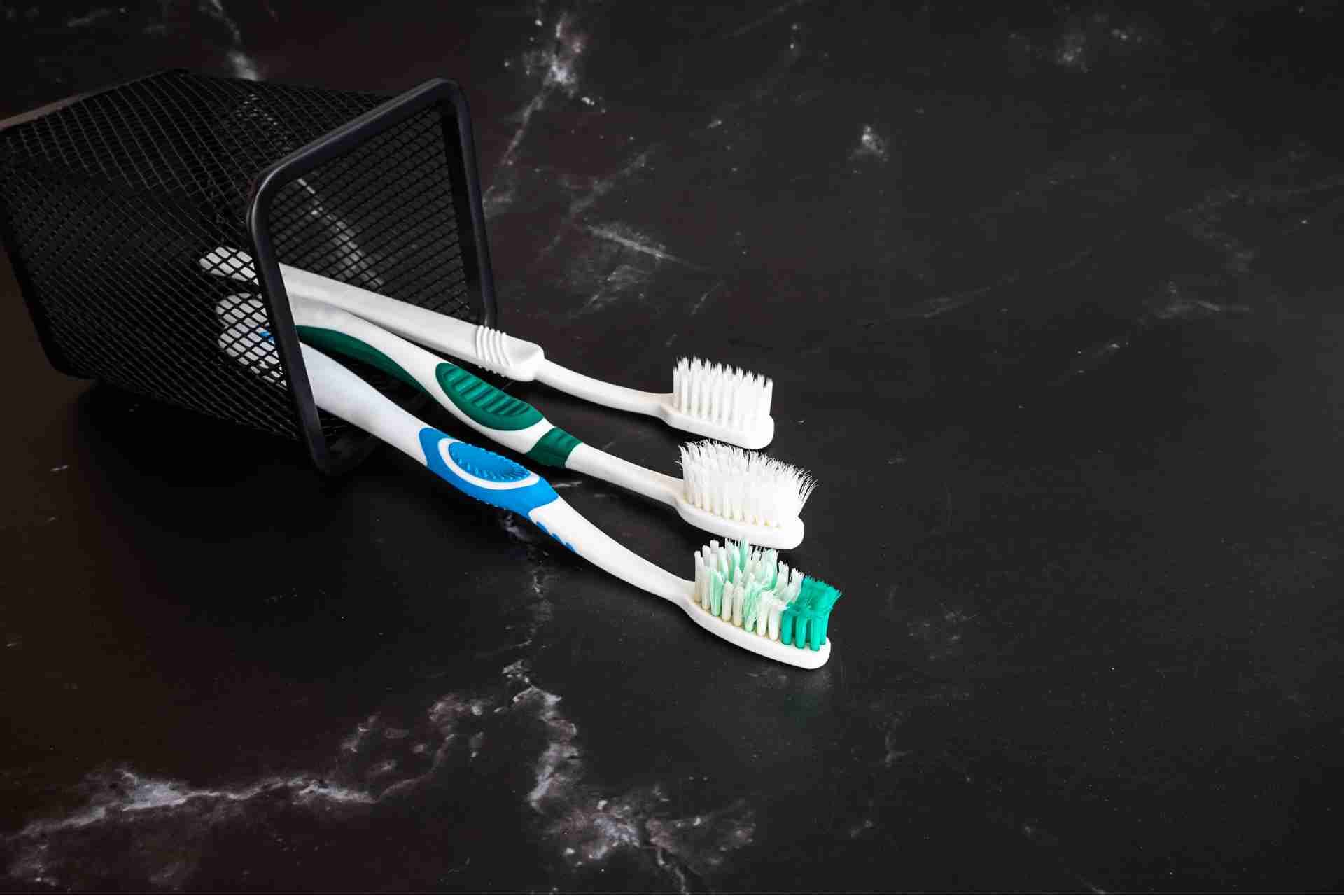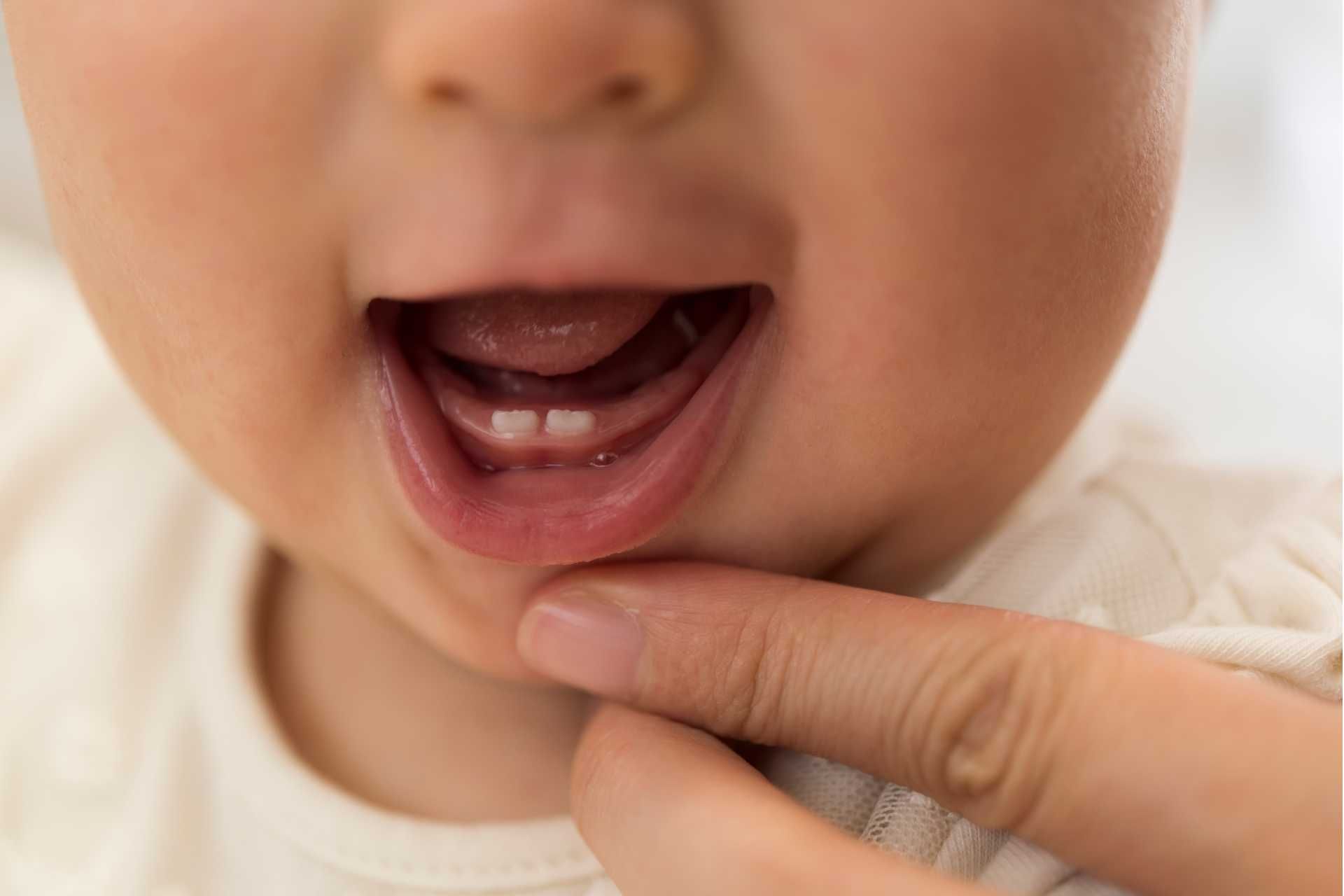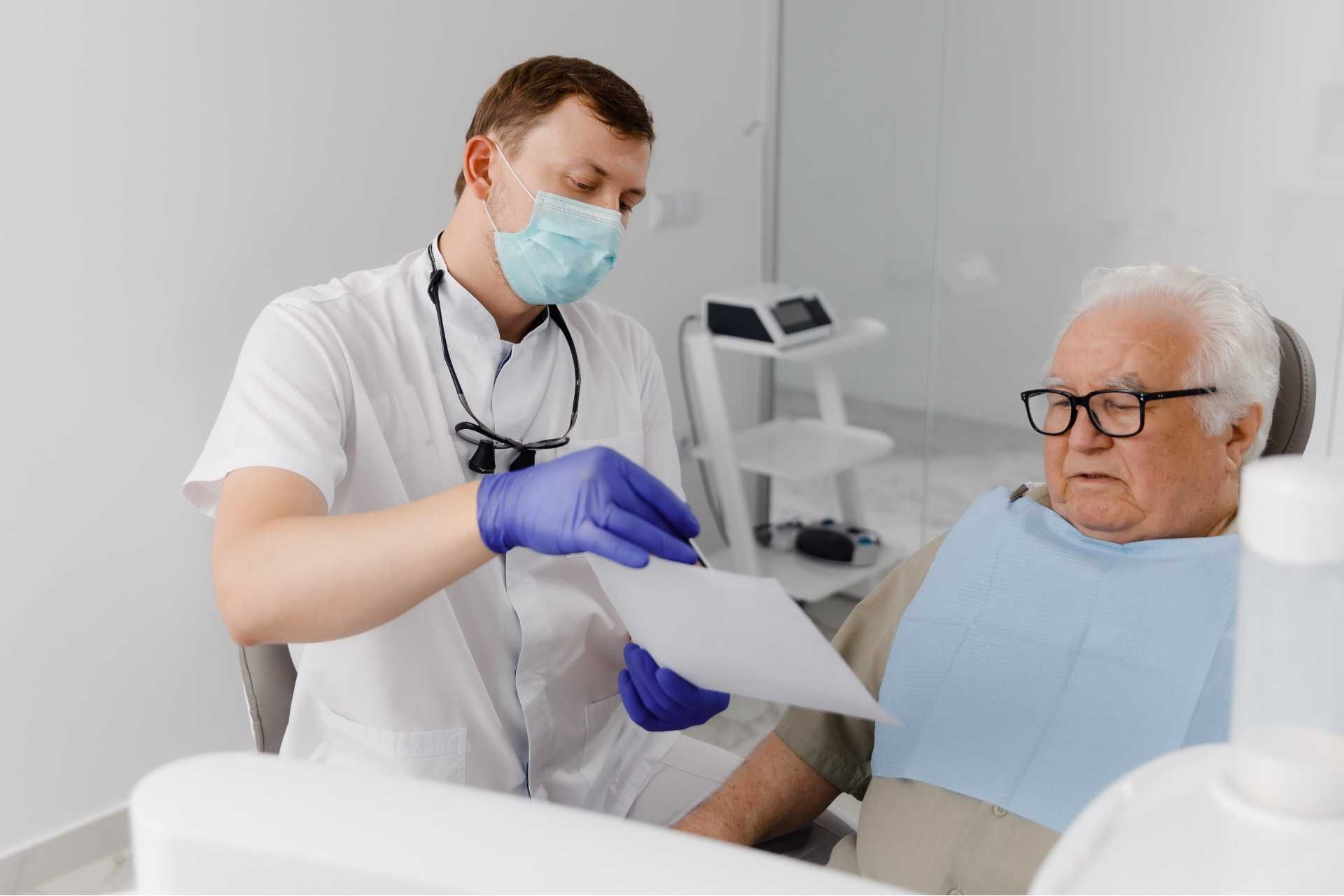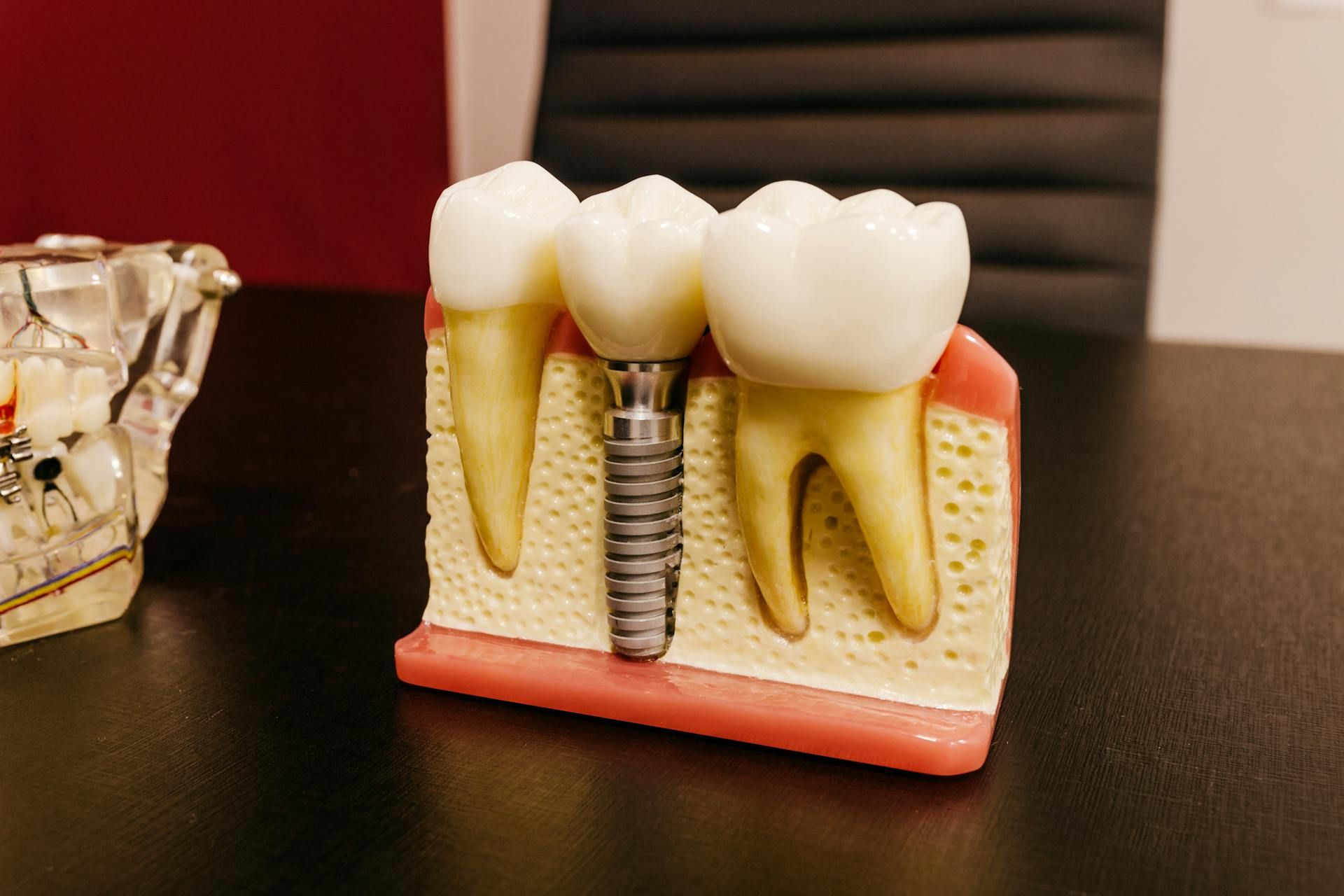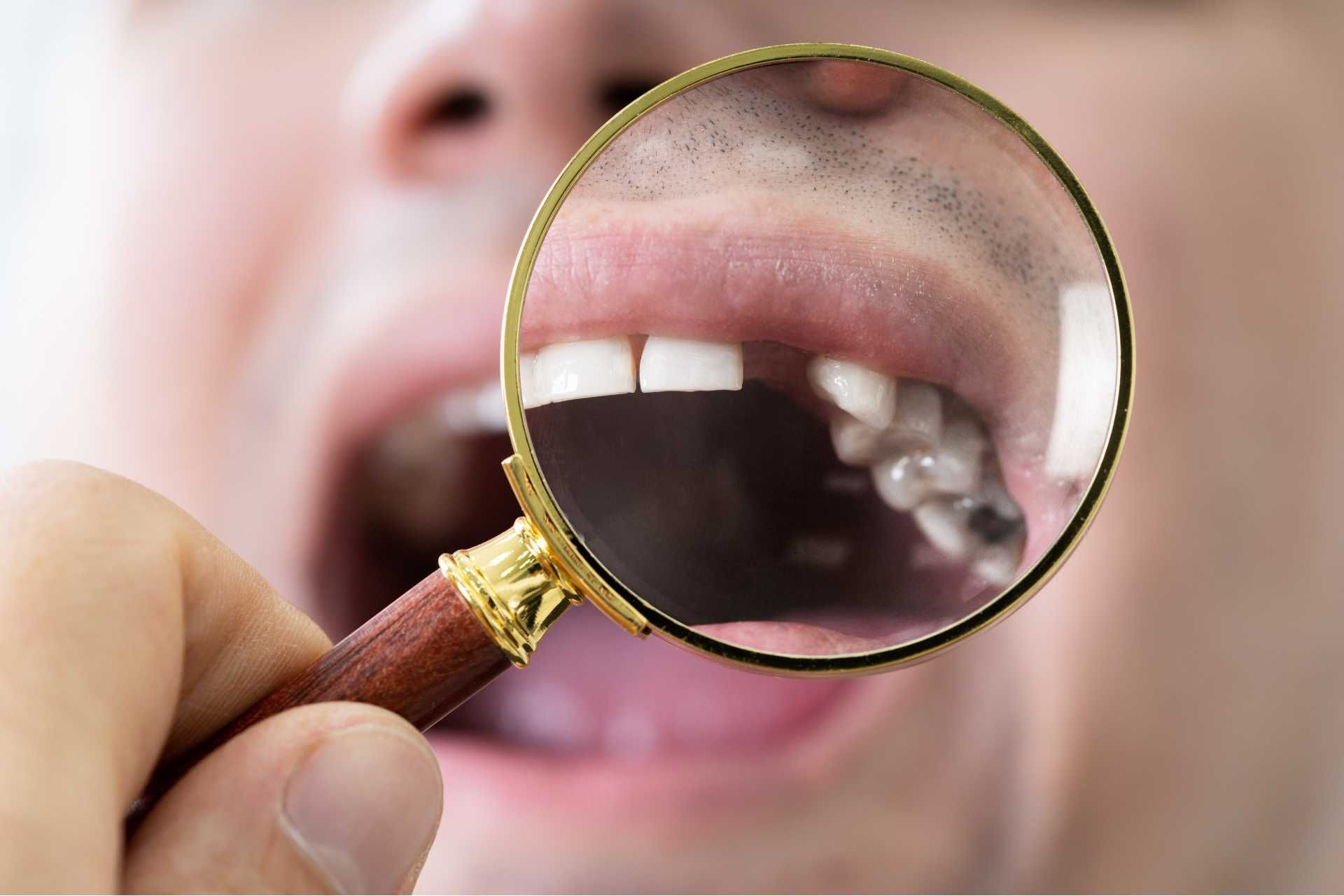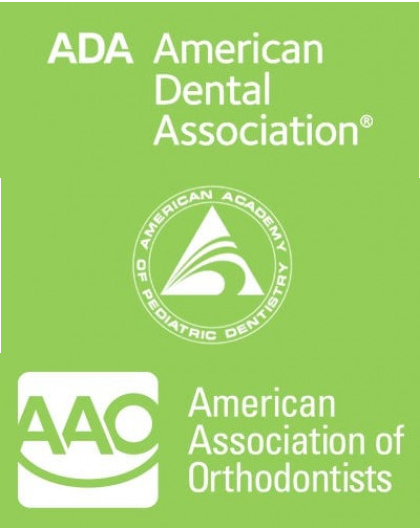Does Teeth Whitening Work
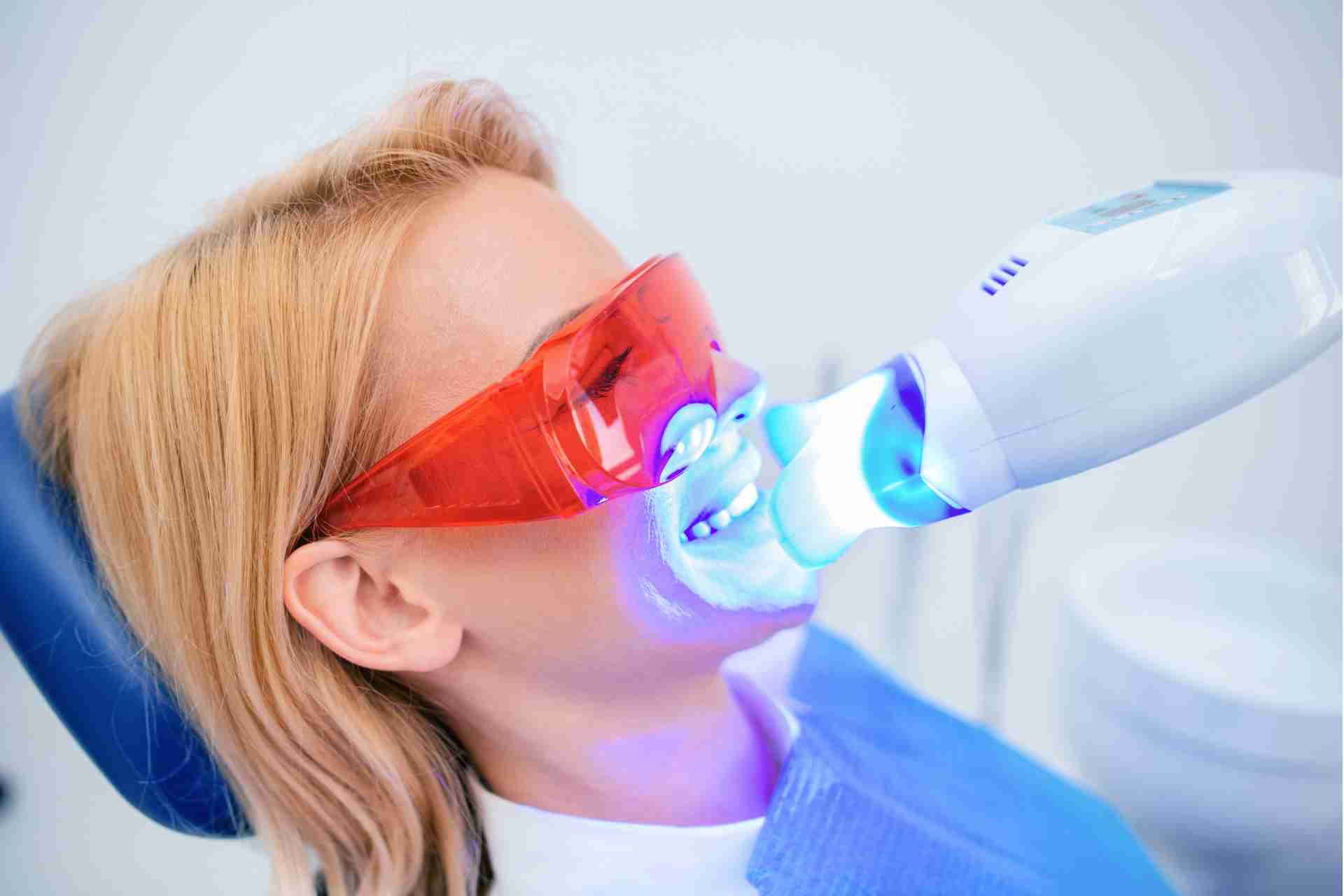
If you’re considering teeth whitening, you might wonder if it really works. Many people seek a brighter smile, but results can vary based on the method you choose and your unique dental situation. Understanding the science behind whitening and the different options available is crucial. What factors should you consider before making a decision? Let’s explore the ins and outs of teeth whitening to help you make an informed choice.
Understanding Teeth Discoloration
When you notice your teeth aren't as bright as they used to be, it can be frustrating. Discoloration happens for several reasons, and understanding them can help you tackle the issue.
Aging is a natural factor; as you get older, enamel thins, revealing the yellowish dentin beneath. Your diet also plays a role—foods and drinks like coffee, tea, and red wine can stain your teeth over time.
Smoking or using tobacco products contributes significantly to discoloration as well. Additionally, certain medications and excessive fluoride can lead to unwanted staining.
How Teeth Whitening Works
Teeth whitening treatments work by breaking down stains and discoloration on your enamel, allowing your teeth to regain their natural brightness. The active ingredients in these treatments typically penetrate your enamel and oxidize the stains, making them less visible.
Here's a quick breakdown of how this process works:
Process Step Description
|------------------------|--------------------------------------------|
| Stain Penetration | Whitening agents enter the enamel layers. |
Oxidation Active ingredients break down stains.
Brightening Effect Teeth appear noticeably whiter.
| Lasting Results | Proper care can maintain brightness longer.|
Types of Teeth Whitening Products
After understanding how teeth whitening treatments work, it’s important to explore the various types of products available. You’ll find several options tailored to different needs and preferences.
Professional treatments, typically offered by dentists, use higher concentrations of bleaching agents for quicker and more noticeable results. If you prefer at-home solutions, you can choose between whitening strips, gels, or trays, which are designed for easy use and gradual whitening.
Additionally, there are whitening toothpastes that help remove surface stains but may not deliver dramatic results. Each product type has its own strengths, so you should consider factors like sensitivity, convenience, and desired outcomes when selecting the best option for you.
Understanding these choices empowers you to make an informed decision.
Over-the-Counter Whitening Options
If you're looking for a convenient and cost-effective way to brighten your smile, over-the-counter (OTC) whitening options can be a great choice.
These products are easily accessible and can deliver noticeable results. Here are three popular OTC whitening options you might consider:
1. Whitening Strips: These flexible strips are coated with a whitening gel, allowing you to target specific areas of your teeth effortlessly.
2. Whitening Toothpaste: Specially formulated with mild abrasives and chemical agents, these pastes help remove surface stains while preventing new ones from forming.
3. Whitening Mouthwash: This rinse often contains hydrogen peroxide, helping to lift stains while freshening your breath.
Remember to follow the instructions carefully for the best results, and enjoy your brighter, more confident smile!
Professional Teeth Whitening Treatments
For those seeking dramatic and lasting results, professional teeth whitening treatments offer a level of effectiveness that over-the-counter options often can't match. These treatments are administered by dental professionals who customize the process to suit your needs, ensuring optimal results.
Here's a comparison of common professional whitening methods:
| Method | - Duration
|---------------------|-----------------|
| In-Office Whitening | 1-2 hours |
| Custom Take-Home Kits| 1-2 weeks |
| Laser Whitening | 1-2 hours |
| Whitening Pens | Daily use |
| Touch-Up Treatments | As needed |
Choosing a professional treatment not only enhances your smile but also provides safety and guidance throughout the process. You'll likely see a noticeable difference after just one session!
Effectiveness of Teeth Whitening Methods
While professional treatments provide impressive results, various teeth whitening methods differ significantly in their effectiveness. You might find that some options deliver brighter smiles more quickly than others.
Here’s a quick comparison:
1. Whitening Strips: These are easy to use and can lighten stains, but results may vary based on the concentration of hydrogen peroxide.
2. Whitening Toothpaste: Though convenient, these usually contain mild abrasives and offer only subtle improvements over time.
3. At-Home Kits: These kits can provide noticeable results, but effectiveness largely depends on the ingredients and your adherence to the instructions.
Understanding these differences helps you choose the best method for achieving that dazzling smile you desire.
Safety Concerns and Side Effects
Although teeth whitening can enhance your smile, it’s essential to consider the potential safety concerns and side effects associated with various methods.
Many people experience tooth sensitivity during or after treatment, which can be uncomfortable. This sensitivity may be temporary, but it’s important to monitor how your teeth respond.
Some whitening products can also cause gum irritation, especially if the gel comes into contact with your gums.
Overuse of certain whitening methods may lead to enamel erosion, making your teeth more susceptible to decay.
If you have existing dental issues or sensitive teeth, consult your dentist before starting any whitening treatment. They can help you choose a safe and effective option tailored to your needs to minimize risks.
Maintaining Your Bright Smile
To keep your smile bright after a whitening treatment, it’s crucial to adopt some good dental habits. Here are three key steps you should follow:
1. Brush and Floss Daily: Make brushing twice a day and flossing once a day a non-negotiable routine. This helps remove plaque and food particles that can dull your shine.
2. Avoid Staining Foods and Drinks: Limit your intake of coffee, red wine, and dark sauces. If you indulge, rinse your mouth with water afterward to minimize stains.
3. Regular Dental Check-ups: Schedule regular visits to your dentist for cleanings. Professional care can help maintain your results and keep your teeth healthy.
Cost vs. Benefit Analysis of Teeth Whitening
When considering teeth whitening, weighing the costs against the benefits is essential to make an informed decision.
Professional treatments can be pricey, often ranging from $300 to $1,000, but they deliver noticeable and longer-lasting results. Over-the-counter options are more affordable, typically costing between $20 and $100, yet results may vary and take longer to achieve.
Think about your goals—do you want a quick boost for an event or a long-term solution?
Also, consider potential side effects, like tooth sensitivity, which might require additional treatments. Ultimately, balancing your budget with your desired outcome will help you make the best choice for your smile.
Investing in your teeth can boost your confidence, making it worthwhile for many people.
Conclusion
In conclusion, teeth whitening can be an effective way to brighten your smile, but results vary depending on the method you choose and your individual circumstances. Whether you opt for over-the-counter products or professional treatments, it’s essential to follow care instructions and consult your dentist for the best results. With proper maintenance, you can enjoy a dazzling smile for a long time. Weigh the costs against the benefits, and find the right option that fits your needs!

